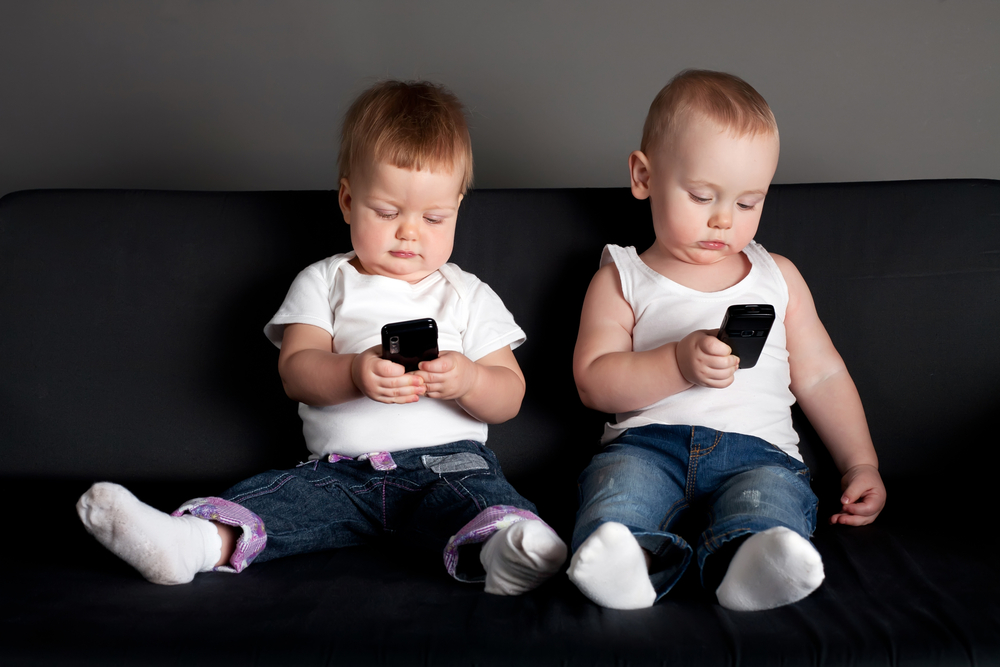Are Smart Toys Changing Our Brains? Artificial Intelligence and Kids

A few weeks ago, I met a toddler whose parents told me he could “talk” to Alexa. He asked her to play The Wheels on the Bus and even said “please.”
But when I tried to chat with him, he wouldn’t engage with me.
That moment stopped me. For decades, we’ve debated how screen time affects children’s attention and learning, and we still don’t have all the answers. But now, something new has entered the nursery: artificial intelligence.
Unlike screens, AI doesn’t just play back—it talks back. It listens, remembers, and responds.
As a pediatrician, I’ve seen firsthand how serve-and-return interactions—that back-and-forth rhythm between a child and caregiver—build a child’s brain. Each smile, word, or shared laugh strengthens neural pathways for language, emotional regulation, and trust. It’s through these messy, real human moments that kids learn how to connect.
But what happens when that back-and-forth happens with a machine?
In my recent podcast episode, I spoke with Dr. Dana Suskind, a pediatric surgeon and researcher whose work showed how conversation literally shapes brain structure in early childhood. She explained that babies don’t learn from screens; they learn from people. That’s because the brain responds to eye contact, tone, and emotion—signals a robot or AI-driven toy can’t truly give.
Dr. Suskind used a powerful metaphor: removing human connection from early development is like
A few weeks ago, I met a toddler whose parents proudly told me he could already “talk” to Alexa.
They were right—it was adorable. He asked for The Wheels on the Bus and even said “please.”
But when I tried to chat with him, he wouldn’t look up. He just kept calling into the air: “Alexa?”
That moment stopped me. For decades, we’ve debated how screen time affects children’s attention and learning, and we still don’t have all the answers. But now, something new has entered the nursery: artificial intelligence.
Unlike screens, AI doesn’t just play back—it talks back. It listens, remembers, and responds.
As a pediatrician, I’ve seen firsthand how serve-and-return interactions—that back-and-forth rhythm between a child and caregiver—build a child’s brain. Each smile, word, or shared laugh strengthens neural pathways for language, emotional regulation, and trust. It’s through these messy, real human moments that kids learn how to connect.
But what happens when that back-and-forth happens with a machine?
In my recent podcast episode, I spoke with Dr. Dana Suskind, a pediatric surgeon and researcher whose work showed how conversation literally shapes brain structure in early childhood. She explained that babies don’t learn from screens; they learn from people. That’s because the brain responds to eye contact, tone, and emotion—signals a robot or AI-driven toy can’t truly give.
Dr. Suskind used a powerful metaphor: removing human connection from early development is like boiling the vitamin C out of orange juice. The result might look the same, but something vital is missing.
That’s not to say all smart toys are bad. Technology can support parents, spark curiosity, and even make learning fun. The key is remembering what should never be replaced: the human voice, touch, and connection that build empathy and resilience.
What Can Parents Do?
If your child loves an AI storybook or interactive toy, that’s okay—just join the play. Make eye contact. Add your own silly sound effects. Let your child see your reactions and emotions.
Because no matter how advanced AI becomes, the most powerful “smart toy” in your child’s world is still you.
Listen to the full episode: Are Smart Toys Changing Kids’ Brains?
Hear Dr. Dana Suskind explain the science behind early brain wiring, empathy, and how parents can keep connection at the center of childhood in the age of AI.
Scroll for link...






